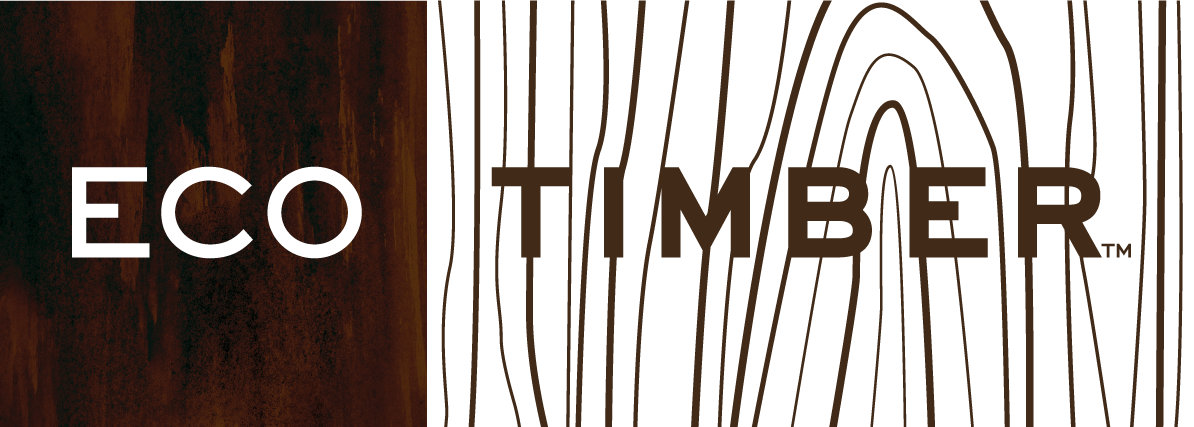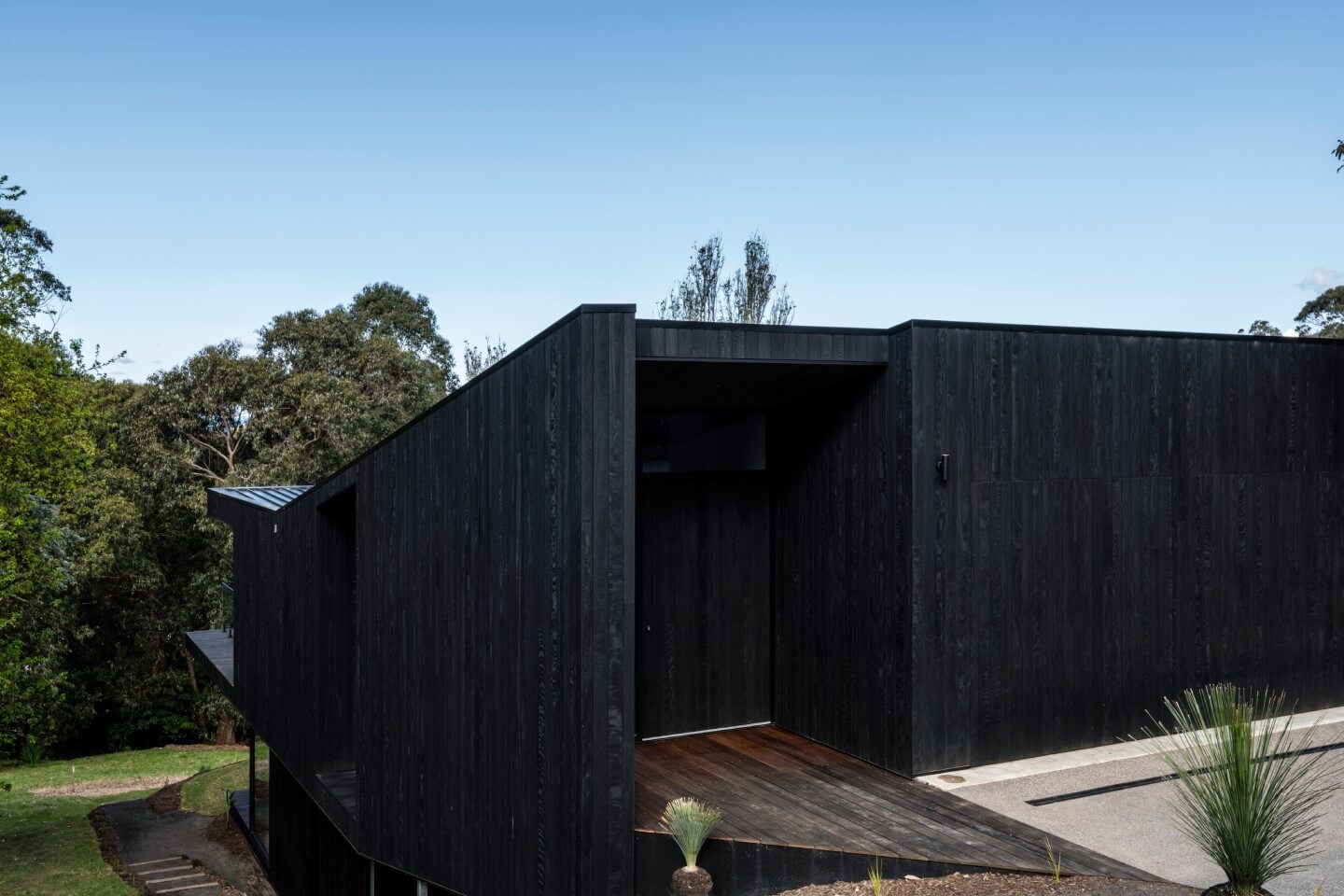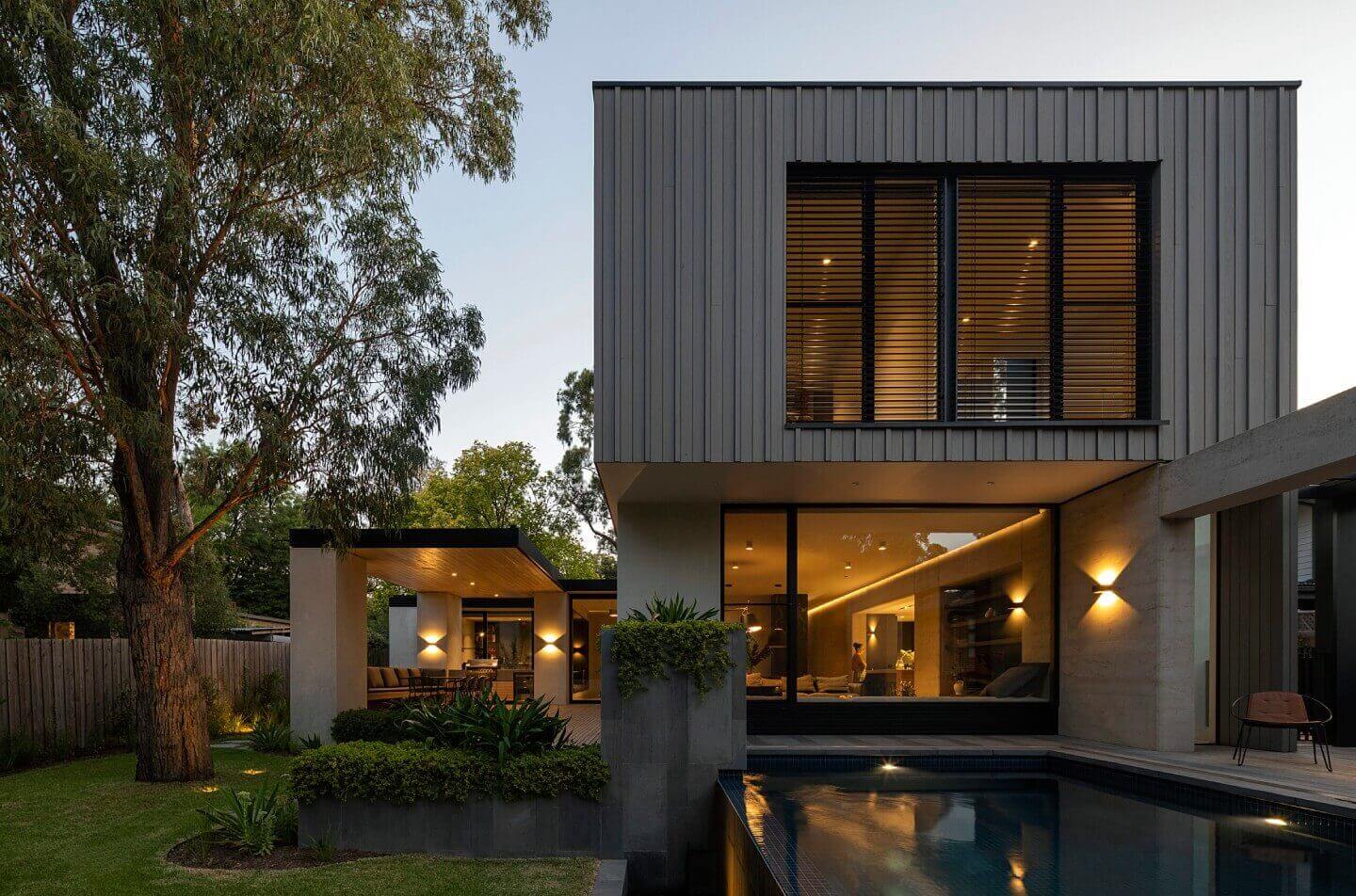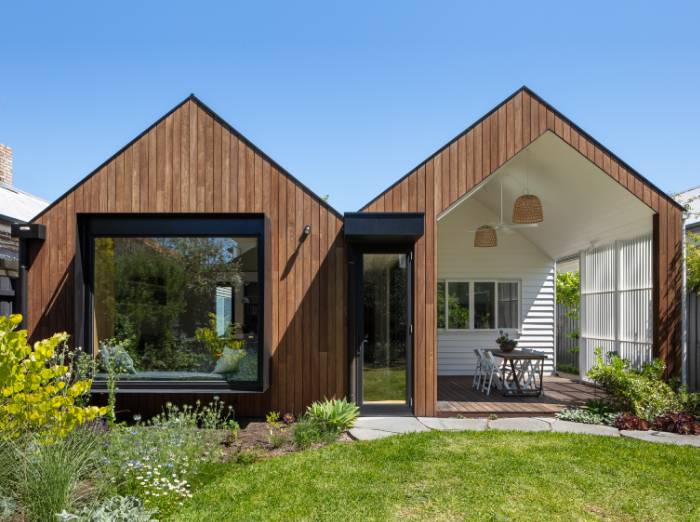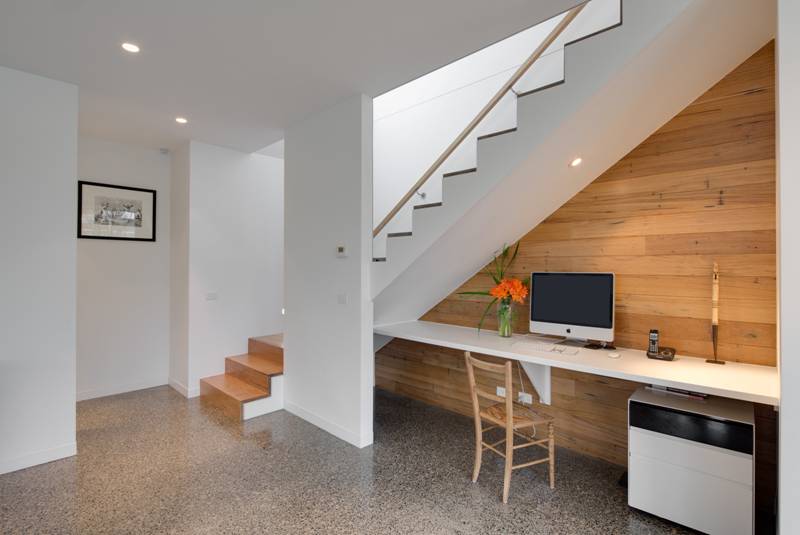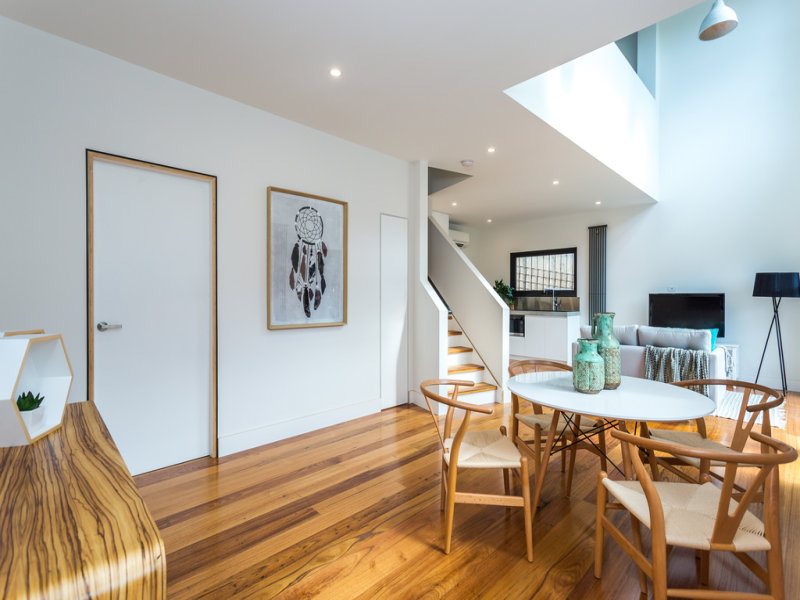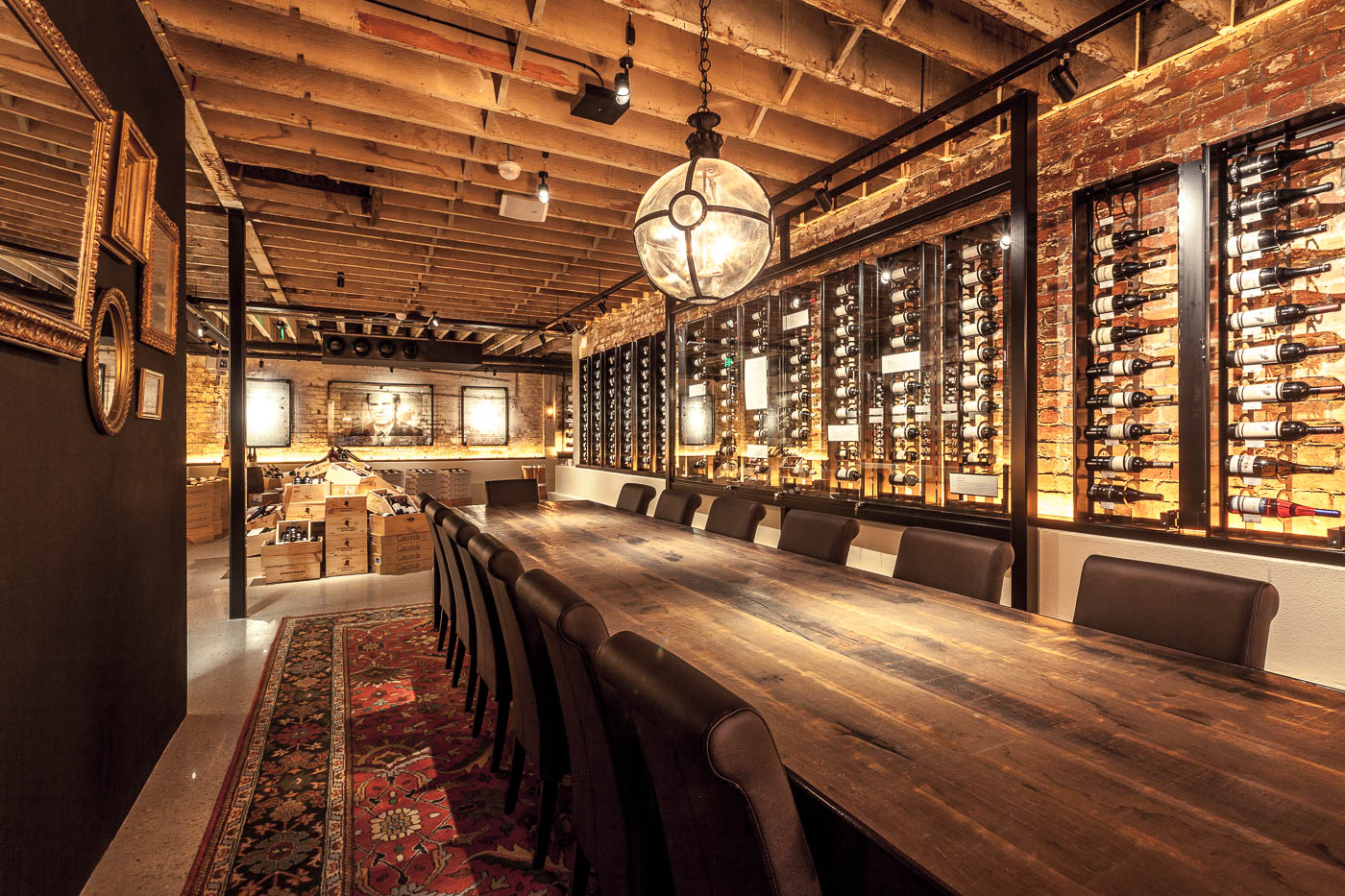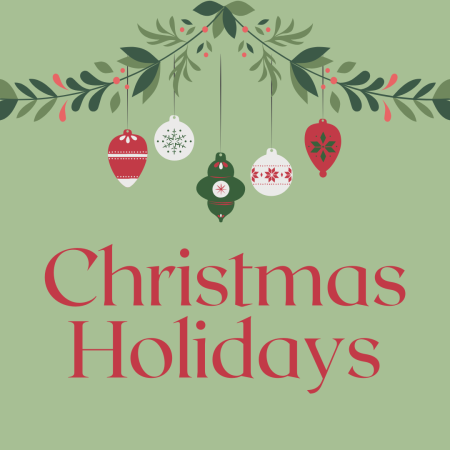The Role of Timber Decking in Outdoor Living Spaces
Wooden patios have become a key part of designing outdoor spaces. They are both pretty to look at and practical. Whether you want a calm backyard hideaway or somewhere for friends to hang out, timber decking can help. It will lift the whole mood of your outdoor space.
Adding Good Looks
Timber decking gives any outside area a natural and classy feel. There are many types and finishes of wood you can choose from. This helps people match their patio with their own style and how their house looks.
What Kind Of Wood To Use
Hardwoods: Woods like teak and mahogany last for a long time and have deep colors, making them great for patios.
